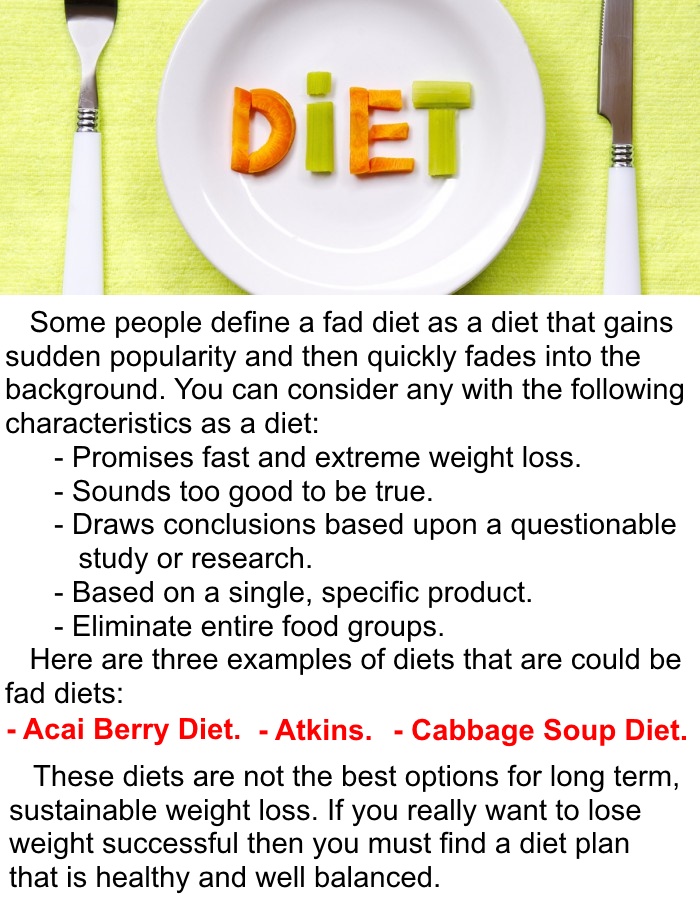
It is still controversial whether a low carb diet can increase your risk of having a heart attack, stroke or premature death. However, many believe it's worth exploring. However, it might not be a wise decision to cut down on carbs. However, a low-carbohydrate diet may help improve other indicators of heart health such as HDL cholesterol, which is a measure for good cholesterol. The decision to eat a low-carb or high-fat diet is yours, but it can be a good place for a start.
A recent New York Times article discussed the benefits of a low-carb diet for heart health. Anahad O'Connor summarized the findings of a groundbreaking study about diet and heart disease. The Diet Doctor's medical director Dr. Bret Scher led the study. The Harvard professor Dr. David Ludwig led the study. These results are still inconclusive, but they're promising.

Participants in the study were randomly assigned to one of two groups: high-carb and low-carb. They followed the diet for six consecutive months. The high-carb diet included more than seven percentage points of saturated fat. This is twice the recommended daily intake for Americans. The low-carb groups also ate lots of fiber-rich food, like whole wheat bread or strawberry jam. The researchers concluded that high-carbohydrate diets were beneficial for heart disease prevention.
LDL particle size, which is the amount of fatty particles found in blood, was reduced in diets that were included in the study. This led to lower risks of coronary heart disease. Although the results were similar, the diet with lower sdLDL particle sizes was more effective than that with low carbohydrate. The results of the trial suggest that limiting carbohydrate intake to a low level may help reduce the risk of heart disease. Further research is required to study the long-term impact of a low-fat, high-carb diet on various variables.
These diets not only reduced triglycerides but also decreased LDL cholesterol. Low-carb diets had a decrease in LDL cholesterol and triglycerides. These are both risk factors for developing heart disease. A low-fat diet was found to be better for your heart. Its high-fat counterpart, however, increased the risk of diabetes.

Another study involving a low-carb diet showed that participants reduced total cholesterol levels and had lower blood pressure. Low-carb people were also more likely to have a thinner body and be less susceptible to heart disease. Their heart function was improved by this diet. They were also healthier in general. High-fat diets were associated with lower inflammation and lower cancer risk.
FAQ
How to measure body weight?
A Body Fat Analyzer will give you the most accurate measurement of body fat. These devices are used for measuring the percentage of body fat in people who want to lose weight.
What is the difference between a virus and a bacterium?
A virus, a microscopic organism, is incapable of reproducing outside its host cell. A bacterium is a single-celled organism that reproduces by splitting itself in two. Viruses are small, around 20 nanometers in size. Bacteria are much larger, at 1 micron.
Viruses are spread via contact with infected bodily liquids such as urine, saliva, semen and vaginal secretions. Bacteria can be spread by direct contact with infected objects and surfaces.
Viral infections can also be introduced to our bodies by a variety of cuts, scrapes or bites. They may also enter through the nose, mouth, eyes, ears, vagina, rectum , or anus.
Bacteria can be introduced to our bodies by cuts, scrapes or burns. They can also enter our bodies from food, water, soil, dust, and animals.
Both bacteria and viruses can cause illness. Viruses cannot multiply in their host cells. So they only cause illnesses when they infect living cells.
Bacteria can spread within the host and cause illness. They can infiltrate other parts of the body. That's why we need antibiotics to kill them.
What is the problem with BMI?
BMI is the acronym for Body Mass Index. It measures body fat based upon height and weight. The following formula is used to calculate BMI:
Divide the weight in kilograms by the height in meters squared.
The result can be expressed as a number between zero and 25. A score greater than 18.5 is considered overweight. A score greater than 23 is considered obese.
A person who is 100 kg in weight and 1.75m in height will have a 22 BMI.
What are 10 healthy lifestyle habits?
-
Have breakfast every day.
-
Don't skip meals.
-
Be balanced.
-
Get lots of water.
-
Take care your body.
-
Get enough sleep.
-
Avoid junk foods.
-
Do some type of exercise daily.
-
Have fun!
-
Meet new people.
How much should I weigh for my height and age? BMI chart & calculator
To determine how much weight loss you need, a BMI calculator is your best friend. A healthy BMI range is between 18.5 and 24.9. Aim to lose 10 pounds per month if your goal is to lose weight. To calculate your BMI, simply enter your height and weight into the BMI calculator.
This BMI chart shows you if it is possible to identify if you are either overweight or obese.
How can you live a healthy life?
Living a healthy lifestyle involves eating right and exercising regularly. Avoiding sugar and processed foods is key to eating well. Exercise is good for your body and muscles. You can improve your memory and concentration by getting enough sleep. Stress management reduces anxiety, depression and other symptoms. Fun keeps us vibrant and young.
Statistics
- In both adults and children, the intake of free sugars should be reduced to less than 10% of total energy intake. (who.int)
- This article received 11 testimonials and 86% of readers who voted found it helpful, earning it our reader-approved status. (wikihow.com)
- Extra virgin olive oil may benefit heart health, as people who consume it have a lower risk for dying from heart attacks and strokes according to some evidence (57Trusted Source (healthline.com)
- The Dietary Guidelines for Americans recommend keeping added sugar intake below 10% of your daily calorie intake, while the World Health Organization recommends slashing added sugars to 5% or less of your daily calories for optimal health (59Trusted (healthline.com)
External Links
How To
What does the term "vitamins" mean?
Vitamins are organic compounds that can be found in foods. Vitamins help us absorb nutrients from foods we eat. Vitamins are not made by the body, so they must be obtained through food.
There are two types vitamins: water soluble or fat soluble. Water-soluble vitamins dissolve easily when they are dissolved in water. Some examples include vitamin C,B1 and B2 vitamins (thiamine), B2 and riboflavin, B3 and B6 vitamins (niacin), folic acids, biotin, pantothenic acids, and cholesterol. Fat-soluble vitamins can be stored in the liver or in fatty tissue. Vitamin D, E, K and A are some examples.
Vitamins can be classified by their biological activity. There are eight major vitamin groups:
-
A - Essential for healthy growth and health maintenance.
-
C – essential for proper nerve function.
-
D - essential for healthy bones, teeth, and gums.
-
E - Required for good vision & reproduction
-
K – Required for healthy nerves & muscles.
-
P - Essential for strong bones and teeth.
-
Q - Aids digestion and iron absorption
-
R - Required for red blood cell production
The recommended daily allowance (RDA), for vitamins, varies depending upon age, gender, or physical condition. The U.S. Food and Drug Administration, (FDA), sets the RDA value.
For adults 19 years and over, the RDA of vitamin A is 400mg per day. Pregnant women require 600 micrograms daily to support fetal development. Children ages 1-8 require 900 micrograms per day. Infants under one year of age require 700 micrograms per day, but this amount decreases to 500 micrograms per day between 9 months and 12 months of age.
Children ages 1-18years who are obese need 800 micrograms per day while those who are overweight need 1000 micrograms per day and children who are underweight need 1200 micrograms per day to meet their nutritional needs.
Children between 4 and 8 years old with anemia will need 2200 micrograms daily of vitamin C.
2000 micrograms are required daily for good health in adults over 50. Women who are pregnant or breastfeeding need 3000 micrograms per day due to increased nutrient requirements.
Adults over 70 require 1500 micrograms each day, since they lose around 10% of their muscle mass every decade.
Women who are pregnant or lactating need more than the RDA. Pregnant women require 4000 micrograms daily during pregnancy, and 2500 micrograms every day after birth. Breastfeeding mothers need 5000 micrograms per day when breast milk is being produced.